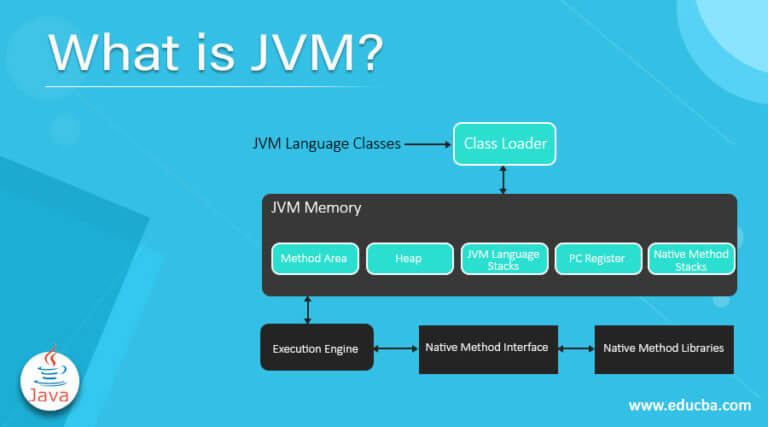The Java Virtual Machine (JVM) is an integral component that enables Java programming to be platform independent. This article will provide a comprehensive overview of the JVM and how it works behind the scenes.
Bytecode Execution
The JVM executes bytecode, which is the intermediate format that Java source code is compiled into. When a Java program is compiled, the source code is converted to bytecode instructions that can be run on any system with a compatible JVM, regardless of the underlying computer architecture or operating system. This is unlike traditional compiled languages such as C++, where the compiled executable is specific to the build environment.

Platform Independence Through Bytecode
By compiling to an intermediate bytecode format instead of native machine code, Java achieves cross-platform capabilities. The JVM acts as the middleware that interprets and executes the bytecode on each operating system. Different JVMs are implemented for various platforms, allowing any Java program compiled once to run uniformly on Linux, Windows, macOS and more. This removes the need to recompile code for each hardware/software configuration.
Just-in-Time Compilation
For enhanced performance, the HotSpot JVM utilizes a technique called just-in-time (JIT) compilation. As bytecode instructions are executed repeatedly during a program’s lifetime, the JIT compiler dynamically converts the bytecode to optimized native machine code. This results in a “warm-up” phase as bytecode is initially interpreted, followed by near-native speed once hot spots have been compiled. JIT compilation marries the platform independence of bytecode with high execution speeds.
Memory Management with Garbage Collection
The JVM is also responsible for automating memory management through garbage collection. Developers do not need to manually allocate or free memory like in C/C++, avoiding resource leaks. Instead, unused objects are identified and deleted periodically by the garbage collector. This simplifies programming while ensuring applications do not run out of memory over time from abandoned objects accumulating.
An Abstract Stack-Based Virtual CPU
Under the hood, the JVM implements an abstract stack-based virtual CPU that executes the bytecode like a physical processor would run machine instructions. The JVM specification defines an instruction set that maps cleanly to common low-level operations such as arithmetic, comparisons and method calls. This consistent internal model allows Java code to behave identically regardless of hardware or OS platform.
Integration with the Host Environment
While providing a unified runtime, the JVM must also integrate with the underlying operating system for fundamental tasks like I/O, memory management, threading and security. JNI (Java Native Interface) facilitates interactions between Java code and native platform-specific libraries or system calls for functionality not supported in Java alone. This marriage of portability and access to native features fuel Java’s widespread industrial use.
Bringing the Ecosystem Together
As the linchpin connecting Java applications to hardware resources, the JVM has led to a sprawling ecosystem of additional software. Integrated development environments (IDEs), build tools, application servers, frameworks and thousands of libraries all build upon the JVM platform. By providing a stable, robust and standardized runtime, the JVM has empowered Java to dominate large-scale enterprise computing and remain relevant for modern applications.
In summary, the Java Virtual Machine forms the crux of what has made Java such a leading cross-platform language. Through bytecode execution, memory management features, and abstract hardware independence, the JVM obscures low-level system details while enabling powerful Java programs to reliably run anywhere. Its deep integration into operating systems also furnishes developers full access to native capabilities when needed. The ubiquity of the JVM underlies Java’s vast and vibrant community of tools, products and solutions.

 The Weird World We Live In
The Weird World We Live In